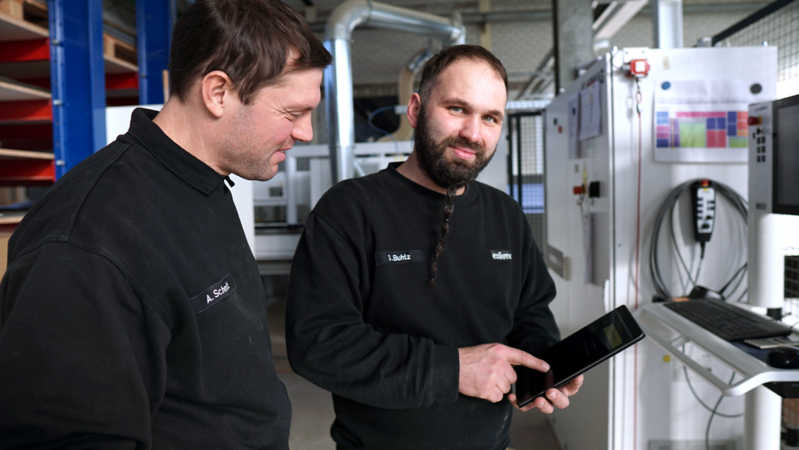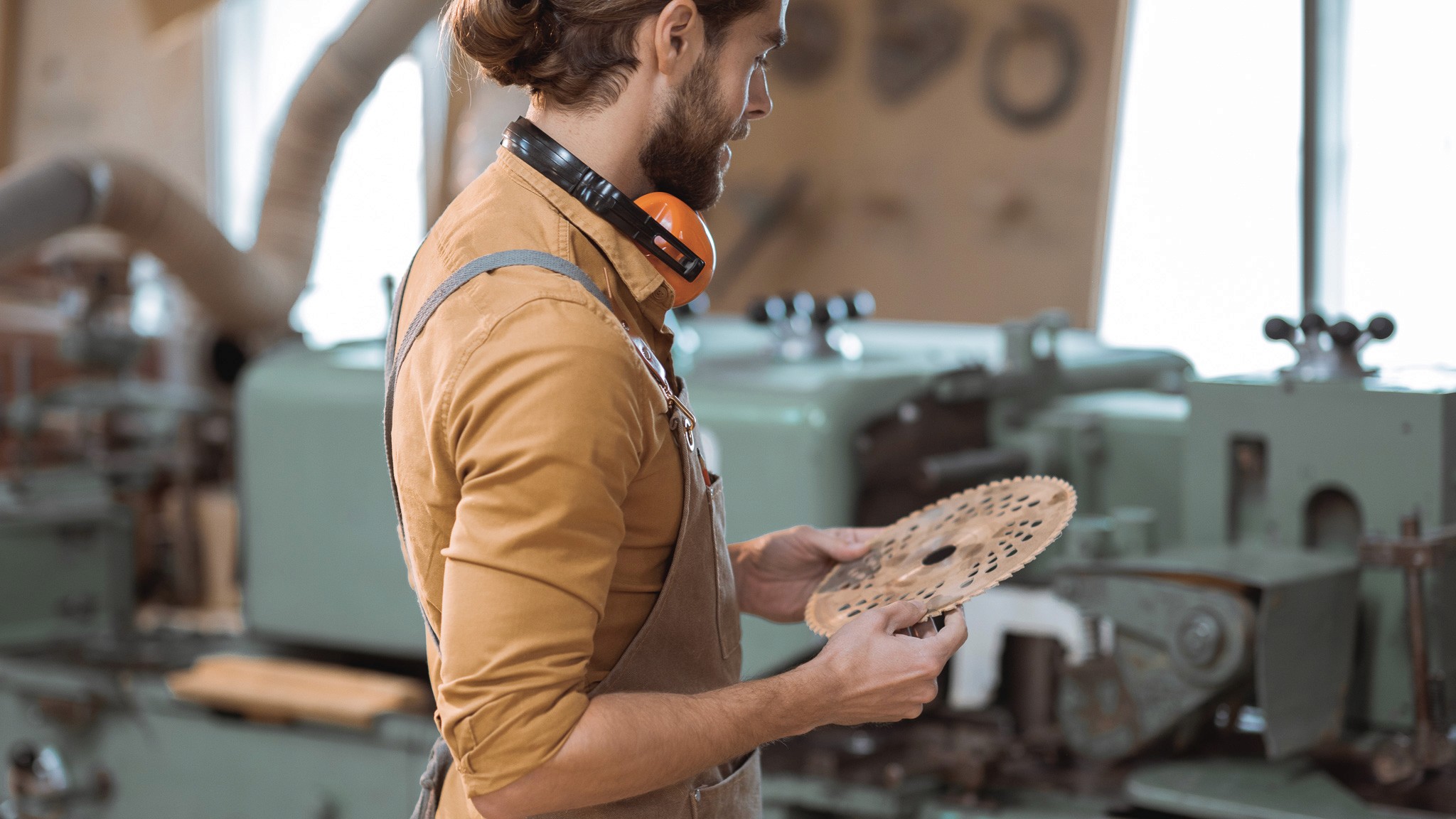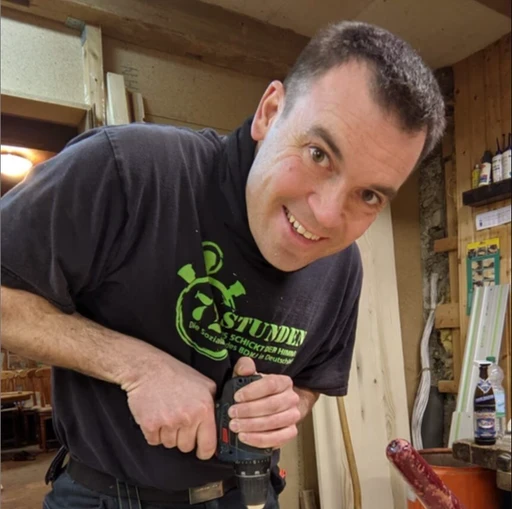Master carpenters from exligno GmbH report on digital furniture production
Efficient processes are the basis for digital furniture production. But what can these processes look like in the area of machine maintenance and service? What should be done if a machine reports an error, or does the entire production come to a stoppage?
We discussed these and other questions in the tapio webinar with Jürgen Müller, master carpenter and Managing Director of exligno GmbH, Daniel Buhtz, master carpenter and production manager at exligno GmbH, and Achim Schmitt, master carpenter, and deputy production manager. The team of experts reported live from the field and took us into the workshop with their cameras.
More about exligno
The team around master carpenter Jürgen Müller comprises 28 employees equipped with state-of-the-art machinery and is focused on high-quality interior fittings. For this purpose, Jürgen Müller employs eight master carpenters, among others. For two years now, the South-Baden-based company has been digitally mapping its production via tapio. Since then, managing director Müller swears by the advantages that tapio can bring to his company. He knows that digital change is advancing rapidly and wants to be able to keep up with it.
Why ServiceBoard?
If a machine stands still, the appropriate service partner must be contacted. In the past, the exligno team did this by phone. "That often proved to be difficult," says Jürgen Müller. "Sometimes the connection on the shop floor was poor, sometimes it took a very long time to get the right service technician on the phone. Besides, we were never able to properly document and track which machine had which fault at what time". Today, Jürgen Müller's employees handle the communication about service cases on machines via the tapio-App ServiceBoard.
Suppose a machine has an error or is even at a standstill. In that case, the employees create a service ticket digitally via the ServiceBoard. A tablet is available for this purpose in production. Some employees also have ServiceBoard as an app on their smartphone. With just a few clicks, the service ticket is created, the error described, and photos added. Now the ticket is automatically forwarded to the right service partner.
Which improvements does the ServiceBoard bring?
Above all, communication with the service partner has been improved, says Jürgen Müller emphatically. Also, all resolved service cases are documented in the ServiceBoard. This means that employees can first see whether a machine error has already occurred and what the solution to it looks like. In most cases, this is the quickest way for his staff to reach their destination and get the machine running again.
Müller points out one thing in particular: His HOMAG machines have a five-year warranty. By documenting service incidents in the ServiceBoard, he can keep a good overview of exactly what has happened to the machine. Something he would otherwise never have been able to document so transparently, he says. Even though he admits with a smile that most errors are more likely to be human operating errors than machine errors.
Finally, Jürgen Müller hopes that other machine and tool manufacturers will be integrated into the ServiceBoard. Because for him, tapio-readiness is clearly what counts when deciding to buy a new machine.
A big thank you to Jürgen Müller, Daniel Buhtz, and Achim Schmitt, who shared their knowledge so transparently in this tapio webinar and allowed us to look around the workshop.


















